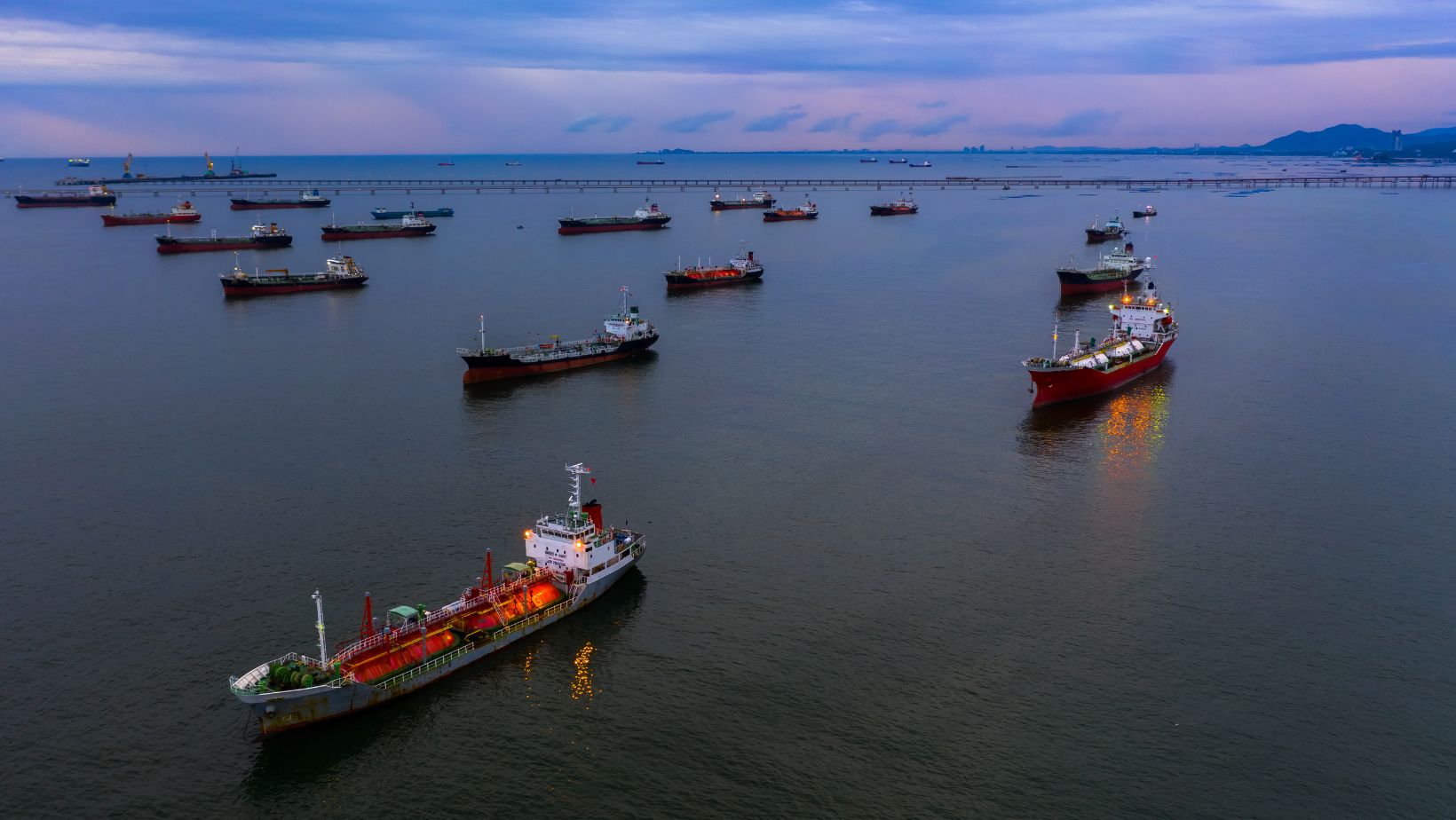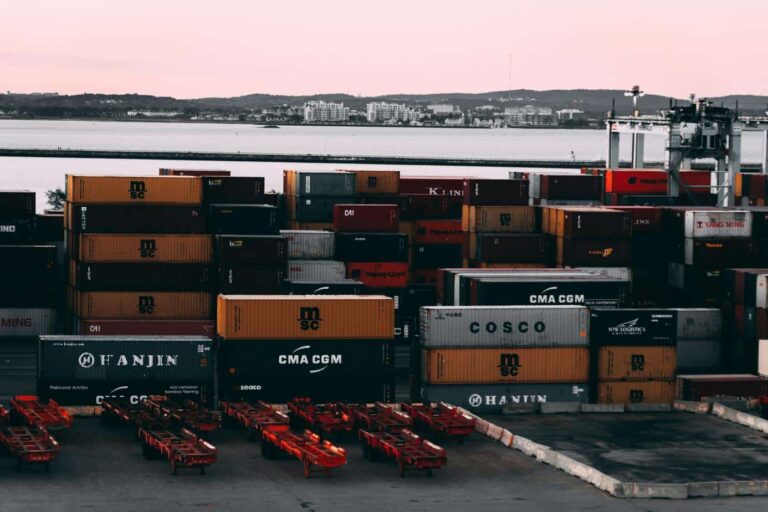How Russian Oil Trade Circumvents Western Sanctions
After 18 months of Western sanctions imposed on Russia in response to the country’s aggression against Ukraine, the effect on the Russian economy appears to be fading, particularly on the federal budget’s oil income. This is due to Russia’s ability to find ways around the sanctions, keeping the oil trade flowing smoothly. In this article, we will explore how Russia has been able to circumvent Western sanctions and continue trading oil globally.
The Price Cap
The G7 and allies such as Australia and Norway applied a $60 price cap to a barrel of seaborn Russian Urals oil in global trade from 5 December 2022, in an effort to reduce Russian oil revenues. However, almost none of the shipments of seaborne crude in October were executed below the price cap, with official Russian statistics showing that the average price received was above $80 a barrel in that month.
How Russia Has Worked Around the Sanctions
Russia has developed methods to make it difficult to police oil trade transactions. Trading firms with no industry history have replaced major oil companies as handlers of seaborn Russian oil trade. These firms export large volumes of Russian crude to Asia, then cease business, leaving no paper trail or trace.
A fleet of shadow tankers, comprised of hundreds of small tanker operators owning one or two aging vessels, has also appeared on the global market, often sailing under the flag of countries such as Liberia or Cameroon. These tankers carry millions of barrels of oil, often lacking industry-standard insurance or insured by Chinese, Indian, or Russian firms.
Before a ship has reached its destination, cargo could change hands several times, making it almost impossible to track. Ship and company names often change to avoid detection. Furthermore, Russian Urals oil has been offered at a discount, making it attractive to buyers even with the price cap in place.
Where the Oil Ends Up
Seaborn Russian oil is primarily heading to the Asian markets, with the biggest buyers being India, China, and Turkey. However, there is a significant amount of oil leaving to undisclosed destinations. “About 1.5 million barrels a day leave Russian ports with destinations undisclosed,” says CEO of business consultancy Macro-Advisory Ltd Christopher Weafer. “Sometimes that oil is transferred to another oil tanker in the ocean. And then, it blends into the global market.”
Why Sanctions Are Difficult to Enforce
The fragmented market, presence of little-known trading companies with no prior industry experience, and the unwillingness of big buyers to abide by the sanctions make it difficult to enforce the sanctions. India confirmed that it saved roughly $2.7 billion by importing discounted Russian oil in the first nine months of 2023.
It appears that Russian oil trade has been able to circumvent Western sanctions and continue to thrive. Russia has found ways to make it difficult to police oil trade transactions, leaving little paper trail or trace. Russian Urals oil has been offered at a discount, making it an attractive option for buyers even with the price cap in place. The effectiveness of sanctions is being questioned, and it remains to be seen what impact the new sanctions will have on the market.
See source article and graphs here: https://www.euronews.com/business/2023/11/16/how-a-dark-fleet-of-ships-is-helping-russia-evade-oil-sanctions

International Logistics
If you’ve ever considered expanding your expertise in the dynamic field of logistics and supply chain management, now is the perfect time to take the plunge. Sign up now for an upcoming course:







